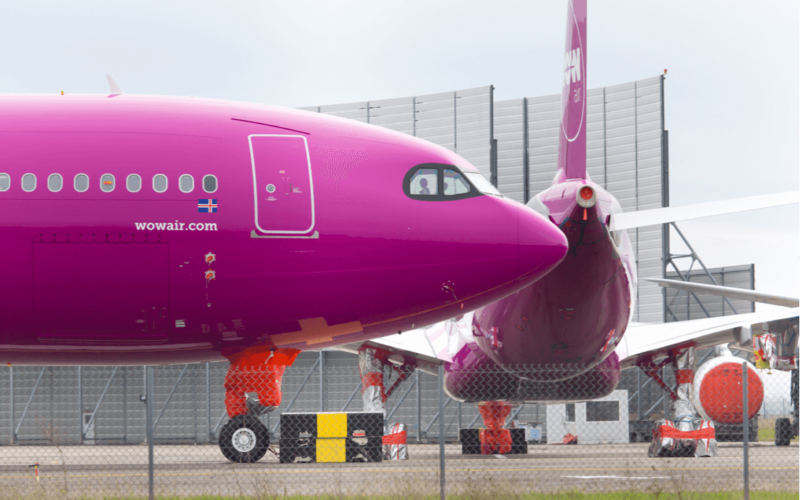After it ceased operations in March 2019, Iceland’s WOW air had planned to resume flight operations sometime in October 2019. With the month nearing its end, the revived carrier gave an update on its goals: trading passengers for fish.
It was planned to start scheduled flights between Washington DC and Keflavik and Reykjavik, Iceland, in the middle of October 2019. But according to Gunnar Steinn Pálsson, WOW air’s new spokesperson quoted by Icelandic media RUV, preparations have been more time-consuming than initially planned for a “number of undisclosed reasons”, and the company should not take back to the skies before at least a few more weeks.
But the most critical change that the new founder Michelle Ballarin brought to WOW air’s plan is its core business: indeed, it seems that, at least for the beginning, the carrier will transport freight (“fish and other goods”) instead of passengers.
Such flights had already been announced when the revival of the airline was outlined in September 2019, yet they were not supposed to represent its main business. The move is not that surprising, given that Ballarin has experience in the transportation of goods and that it requires less certification from regulators. However, transiting between freight and passengers is a much different kettle of fish that will require heavy conversion of the aircraft and extensive paperwork.
An unexpected return
Established in 2011 by now-former CEO Skúli Mogensen, WOW air expanded quickly, pioneering in low-cost air travel between Europe and North America. However, the airline’s impressive growth was followed by deepening financial losses in recent years.
On March 26, 2019, suspicions of multiple WOW air’s aircraft being grounded surfaced. Two days later, the Icelandic carrier announced it was ceasing operations. To this day, the airline’s official website still displays the travel alert on how stranded passengers could get a refund if they were affected by the sudden bankruptcy.
But surprisingly, WOW air hit the news again six months later with a plan to resume operations. The carrier was to operate under a U.S. air operator’s certificate (AOC) and be based in Washington Dulles International Airport (IAD) with Reykjavik Keflavik (KEF) as its main operations center in Europe, operating just two aircraft, with plans to increase this number to four in summer 2020 and potentially 10 to 12 planes in the long-term.

